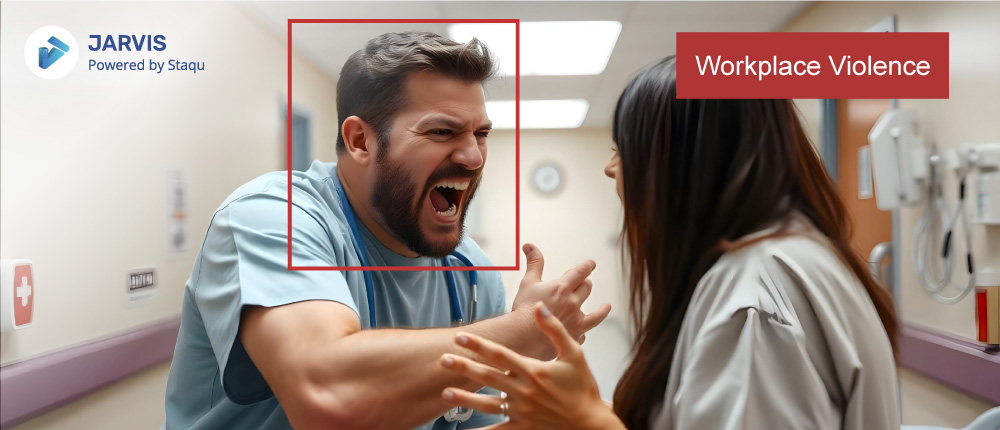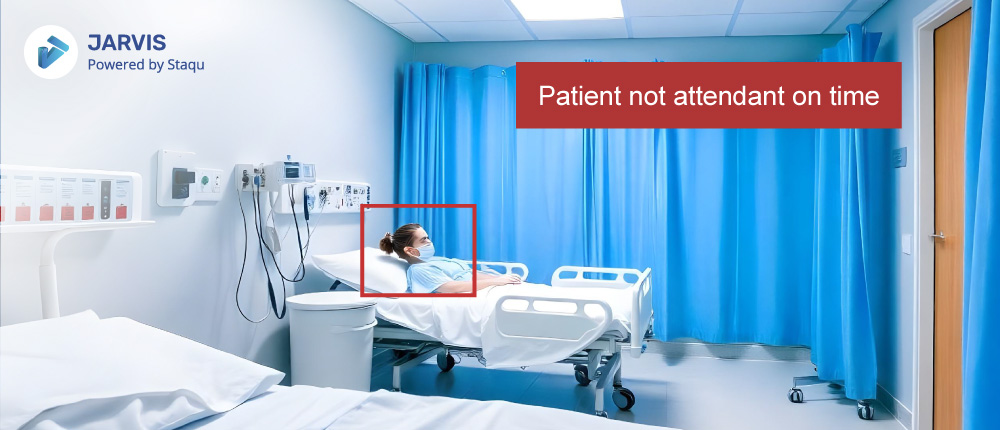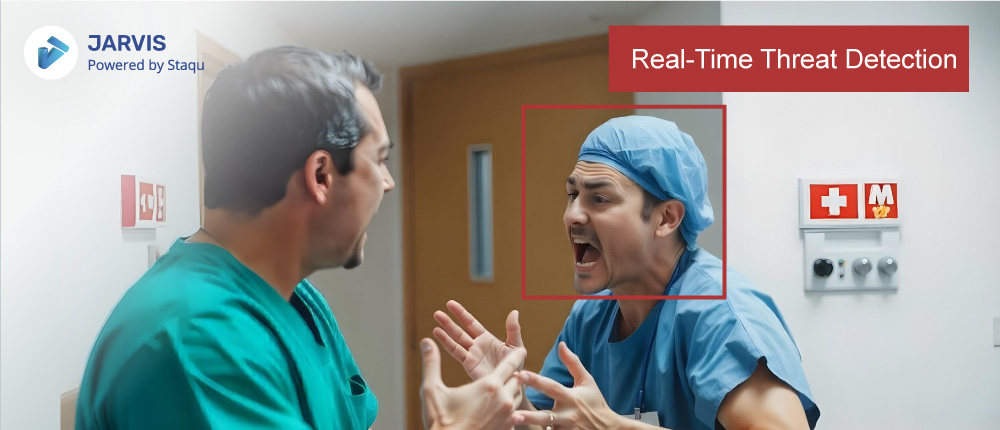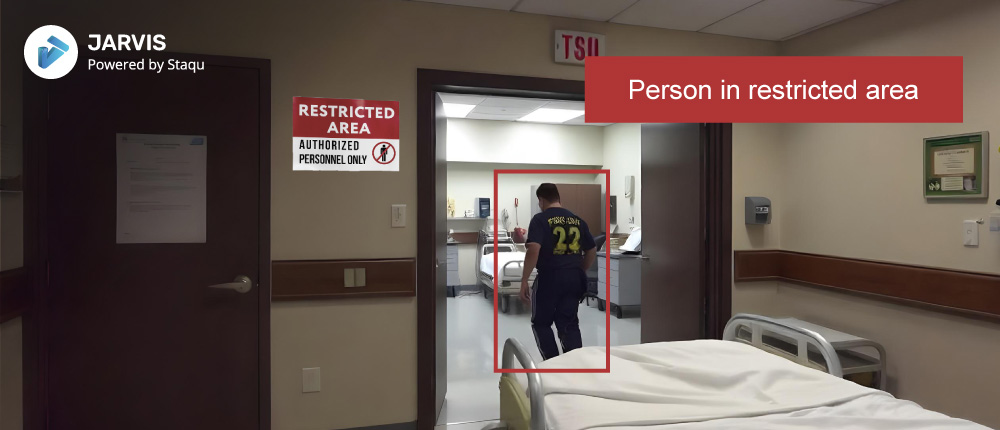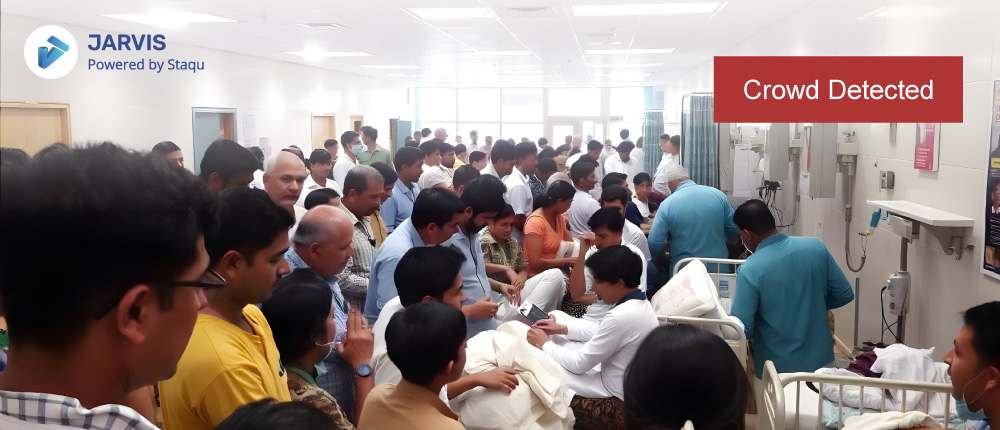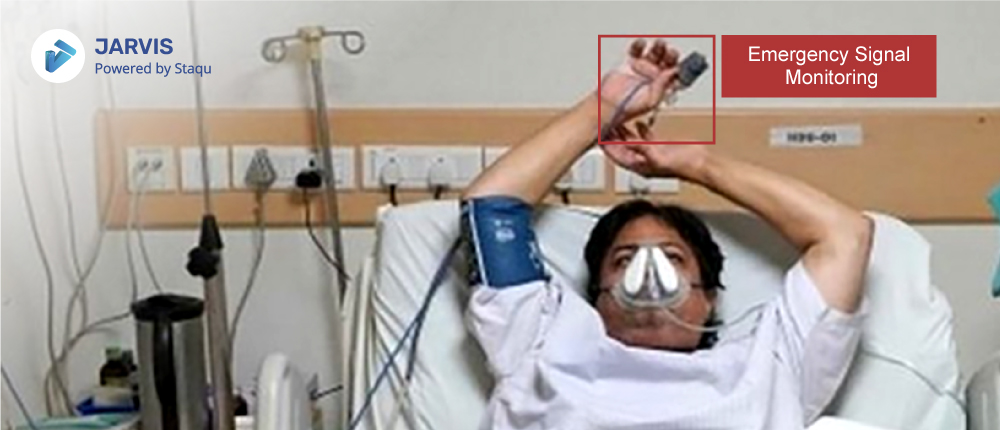Ensuring Women’s Safety in Healthcare Facilities: The Role of Video Analytics
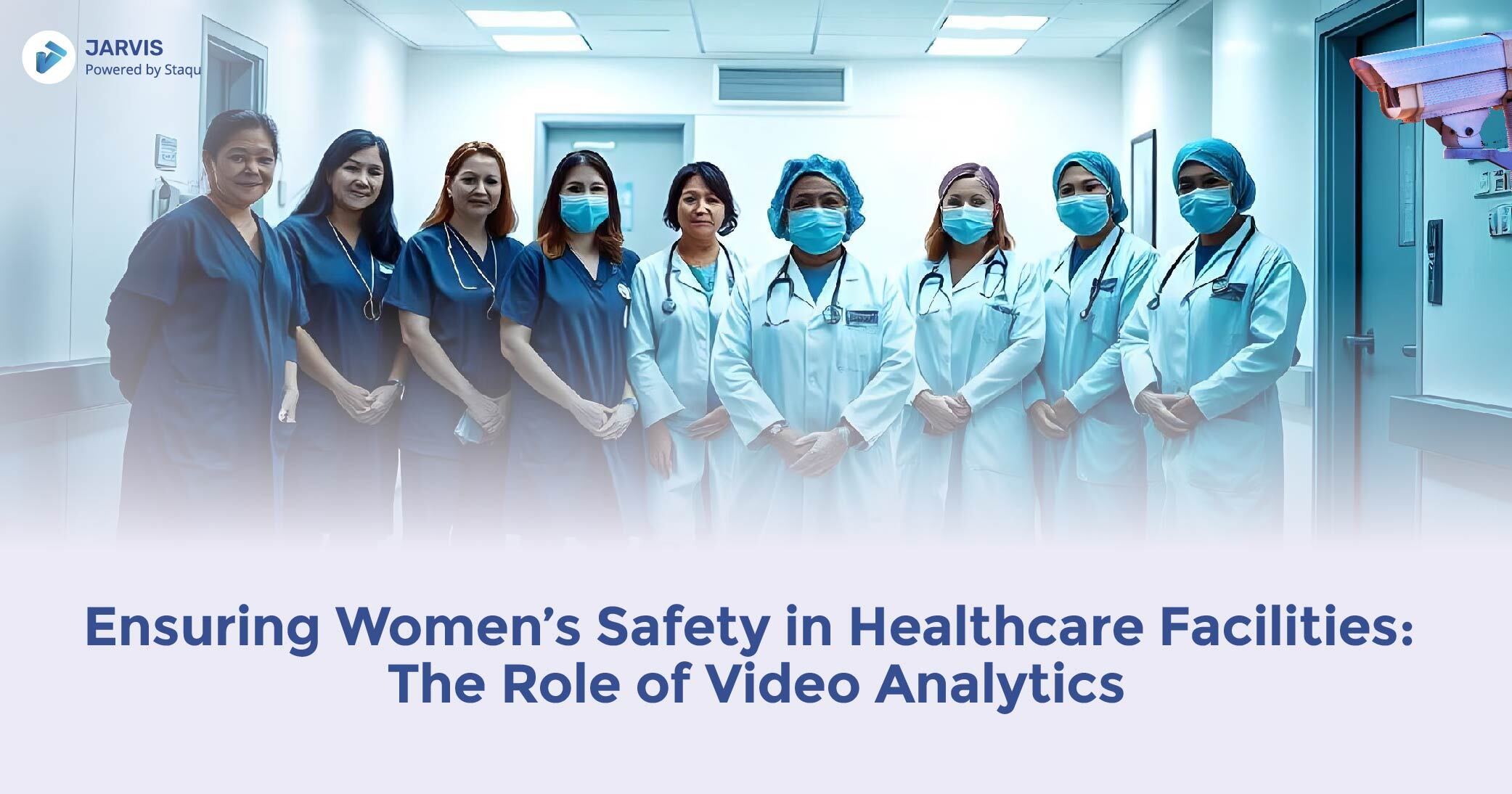
In healthcare settings, women play vital roles as both patients and healthcare providers. Their safety, however, can be compromised due to various factors such as harassment, violence, and neglect. Healthcare facilities often deal with chaotic environments where these incidents can go unnoticed, especially in large and understaffed hospitals. The safety of women in healthcare environments is an issue that must be addressed comprehensively, using innovative solutions that offer real-time monitoring and intervention capabilities.
This is where video analytics, powered by artificial intelligence (AI), comes into play. Advanced video surveillance can help detect unusual behaviors, monitor critical areas, and ensure swift action when needed. AI-driven systems like JARVIS provide healthcare facilities with the ability to ensure safer environments for women, both as patients and as professionals.
Current Challenges in Ensuring Women’s Safety in Healthcare
Harassment and Workplace Violence
Healthcare environments are not immune to harassment or violence, and women—whether patients or healthcare workers—are often more vulnerable. Female staff members, such as nurses and caregivers, are frequently exposed to verbal or physical harassment from patients, colleagues, or visitors. Similarly, female patients may also face threats to their safety, especially in under-monitored areas like corridors, waiting rooms, or even patient wards.
According to recent statistics, nearly 40% of healthcare workers report experiencing some form of workplace violence. Unfortunately, large healthcare facilities with sprawling campuses or multiple wards often lack the personnel to effectively monitor all areas in real-time, allowing these incidents to go unnoticed or unaddressed.
Negligence in Patient Care
Women, particularly elderly female patients or those with specific healthcare needs, can be subject to neglect in hospital environments. Understaffing, long queues, and insufficient monitoring of patient areas contribute to these problems. This negligence can lead to delayed treatment or lapses in attention, which can be life-threatening in critical situations.
Lack of Proper Surveillance
Most healthcare facilities rely on traditional CCTV systems, but these have significant limitations. Conventional surveillance may record footage but often lacks the capabilities to detect issues in real time. Additionally, without AI-powered features like facial recognition or behavioral analysis, CCTV systems may not effectively monitor for warning signs of violence or harassment, leading to delayed responses to critical incidents.
How Video Analytics Can Address These Challenges
Real-Time Threat Detection
AI-driven video analytics systems like JARVIS offer a major advantage over traditional surveillance methods by providing real-time threat detection. These systems continuously monitor healthcare environments for signs of unusual behavior or potential violence. When the system detects potential threats, such as an aggressive outburst in a patient ward or inappropriate behavior near restricted areas, it sends immediate alerts to the appropriate personnel. This real-time responsiveness is crucial in preventing incidents from escalating into dangerous situations.
Facial and Behavioral Recognition
Another key feature of video analytics is facial and behavioral recognition. This technology can be used to flag individuals who have a history of misconduct or who are restricted from accessing certain areas of the hospital. For example, individuals who have been reported for harassment can be identified as soon as they enter a hospital, and security personnel can be alerted.
Behavioral recognition technology can also help detect early signs of distress, harassment, or potential violence. By recognizing specific body language cues—such as erratic movements, sudden gestures, or prolonged loitering—video analytics systems can trigger alarms and notify security teams to intervene before situations worsen.
Geofencing and Restricted Access
Geofencing is another valuable tool in video analytics that can improve women’s safety. This technology allows healthcare administrators to establish virtual boundaries around sensitive areas, such as women’s wards, maternity units, and staff-only zones. If unauthorized personnel attempt to enter these zones, the system automatically raises an alert and notifies security teams to act immediately.
Geofencing can help ensure that only authorized individuals have access to these restricted areas, thereby preventing potential threats to the safety of both female patients and staff.
How JARVIS Can Help in Women’s Safety
Suspicious Activity Detection
JARVIS’s real-time behavioral monitoring helps detect unusual activities around sensitive areas such as maternity wards or women’s clinics. It can quickly identify suspicious behavior, such as loitering near restricted zones or interactions that appear potentially harmful, and alert the security team for immediate intervention.
Facial Recognition and Access Control
JARVIS’s facial recognition capabilities ensure that only authorized individuals can access high-security areas like women’s wards, labor and delivery units, or staff-only zones. By recognizing pre-registered faces, it minimizes the risk of unauthorized access and helps keep both patients and staff safe.
Geofencing and Restricted Area Monitoring
JARVIS provides geofencing features that allow healthcare facilities to establish virtual boundaries around restricted zones. In the event of a violation, such as an unauthorized person entering a maternity ward or a high-risk women’s area, the system triggers an alarm, enabling swift action.
Crowd Detection and Over-Crowding Alerts
In overcrowded environments, there is a heightened risk of harassment or violence going unnoticed. JARVIS’s crowd detection features monitor real-time crowd levels and provide alerts when specific thresholds are reached, allowing security teams to manage areas effectively and ensure the safety of women in high-traffic zones.
SOS and Intrusion Detection
If a woman in a healthcare facility calls for help or an intrusion is detected in a sensitive area, JARVIS triggers an immediate notification to the security team. The system’s ability to identify distress signals or breaches enables prompt action and ensures that healthcare environments remain secure.
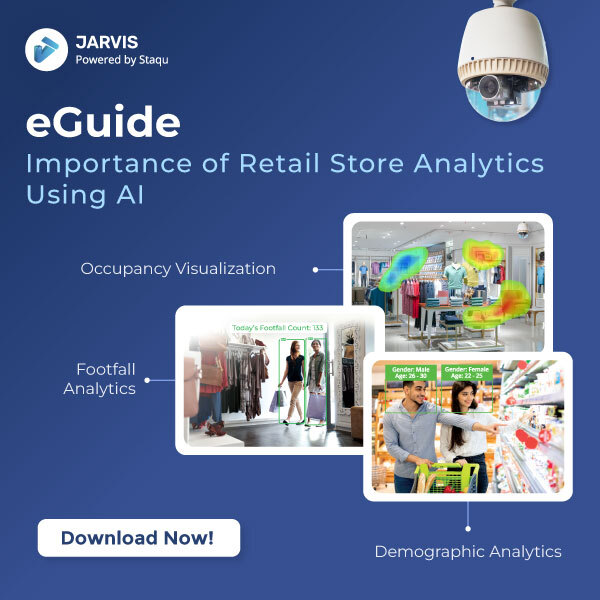
Download eguide
Enhancing Security for Female Healthcare Workers
Monitoring Employee Movement and Workplace Behavior
Female healthcare workers are often at risk, especially when working night shifts or operating in vulnerable areas of the hospital. Video analytics can monitor staff movement in real-time, ensuring that no female staff member is left alone in an unsafe area for an extended period. In addition, the system can send alerts if unauthorized individuals are found loitering near staff-only zones.
Ensuring Compliance with Safety Protocols
Healthcare facilities often have safety protocols in place to protect their employees, but ensuring compliance with these protocols can be challenging. AI-powered video analytics systems like JARVIS can monitor compliance, such as ensuring that high-risk areas are appropriately staffed and that female healthcare workers are not left alone during overnight shifts.
Improving Patient Care and Safety for Women
Monitoring Patient-Staff Interactions
Video analytics can ensure that patient-staff interactions are respectful and professional. By analyzing video data, healthcare facilities can address any complaints or concerns that arise from female patients more effectively. This monitoring helps ensure that women receive the care and attention they deserve while preventing misconduct or negligence from going unnoticed.
Preventing Negligence and Delays in Critical Care
In situations where female patients require critical care, time is of the essence. JARVIS can monitor nurse response times and detect when there are lapses in attention or care. This ensures that patients receive timely assistance, preventing delays that could lead to more severe health issues.
Privacy Concerns and Ethical Considerations
Balancing Surveillance with Privacy
As video analytics becomes more integrated into healthcare, there are valid concerns about privacy. Systems like JARVIS must strike a balance between ensuring safety and respecting personal privacy. Data protection measures such as encryption, anonymization, and compliance with healthcare privacy regulations (like HIPAA) are essential to maintaining this balance.
Transparency in Implementation
To build trust with both patients and healthcare workers, it’s critical that healthcare facilities maintain transparency about their use of video analytics. Informing staff and patients about the implementation of these systems fosters an environment of cooperation and trust, making safety a shared priority.
Case Studies and Success Stories
Examples from Other Facilities
Several healthcare facilities have already successfully implemented video analytics systems like JARVIS to improve women’s safety. For example, a maternity ward in a large metropolitan hospital saw a 30% reduction in unauthorized access incidents after integrating JARVIS’s facial recognition and geofencing systems. Another hospital reported quicker response times to harassment cases in their emergency department, thanks to real-time threat detection.
Future of Video Analytics in Healthcare for Women’s Safety
Emerging Technologies and Features
The future of video analytics in healthcare will involve even more advanced AI technologies. Predictive analytics, for instance, will allow systems like JARVIS to foresee potential threats based on historical data and behavior patterns. Integration with other technologies, such as IoT devices and wearable sensors, will provide an even more comprehensive approach to safety.
Broader Implementation Across the Healthcare Industry
As video analytics continues to prove its value, its broader implementation across hospitals, clinics, and long-term care facilities will ensure that women’s safety is prioritized in every healthcare setting. Whether it’s reducing instances of harassment or ensuring compliance with safety protocols, AI-powered solutions will play a crucial role in improving healthcare environments for women.
